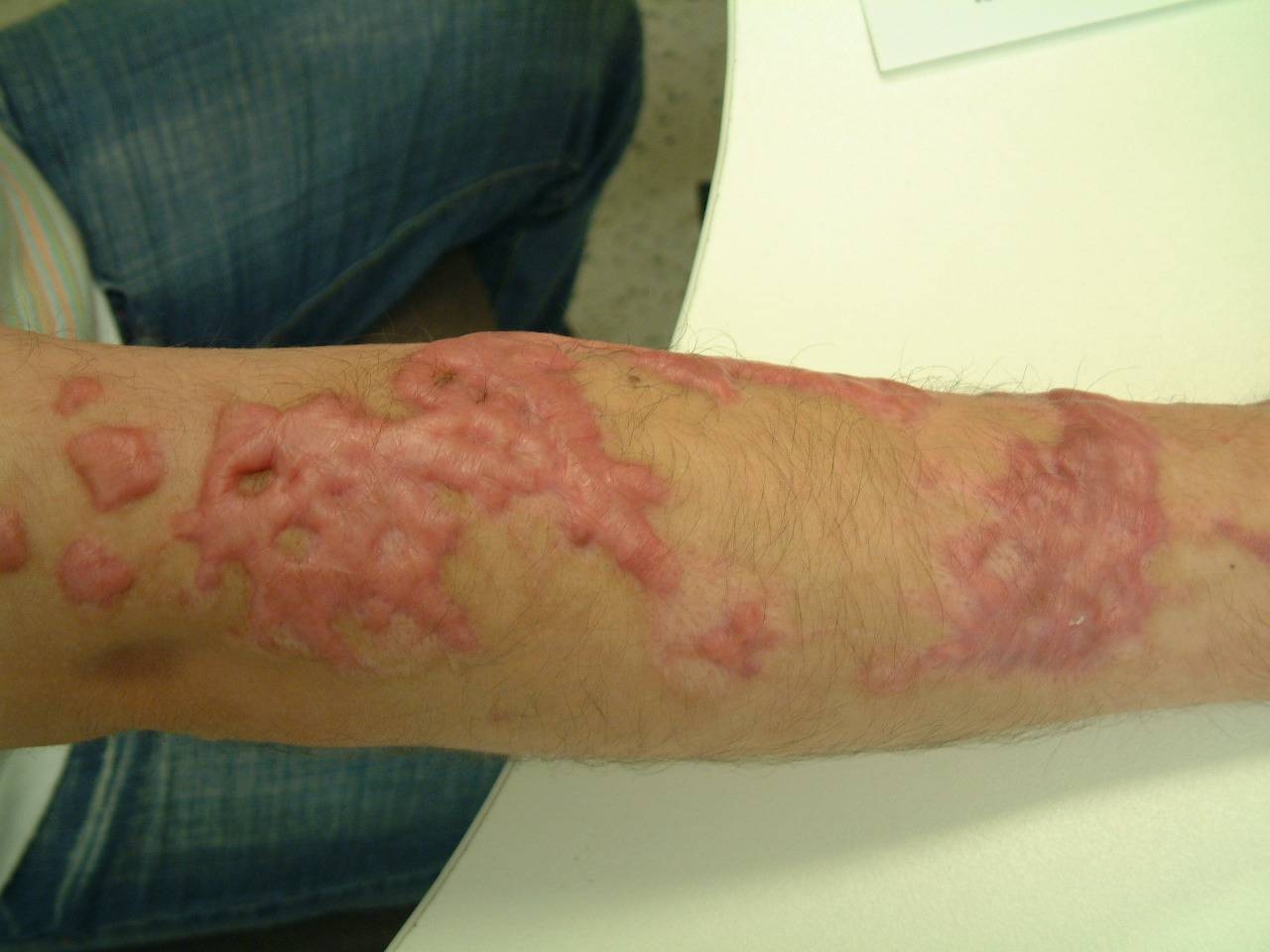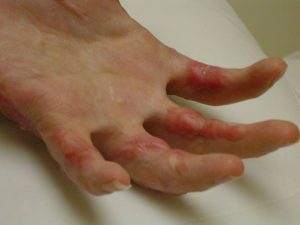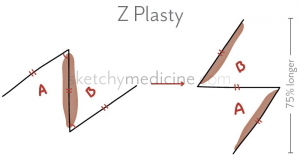Long term scar management

What to do when things might be going wrong

Even if you have done everything right burn scars may still contract or cause problems. You may start to notice pulling or movement restriction. Or the scar may be getting lumpy and hard. So what should you do?
Start by speaking with your burn team 
Your burn team are the best to speak to about the options for your burn scar. You can find a lot of information on the internet but it is often un-tested or not right for the problem you are having. Your burn team will look at your individual problem and discuss options.
What options are there?
There are many options for treating problem burn scars, whether it is to improve movement, comfort or the appearance. These typically include surgery, laser treatment and steroid injections.
What type of surgery?

Your surgeon will look at your scar and discuss surgical options. These may include z-plasty release or removal of scar tissue and grafting or flap. The decision depends on where the scar is and how it is affecting movement and or appearance.
What is a z-plasty release?

Z-plasty can be used for either functional or cosmetic treatment of scars. It is often used when there is a tight line of tension on a contracted scar. In the operating room the surgeon cuts the line of tension or tightness, often in a ‘z’ pattern, and then moves the pieces to elongate or lengthen the scar (see diagram).
What is the difference between a graft and a flap?
Your surgeon might suggest removal (resection) or cutting (incision) to release contracted tight skin. When removing or cutting scar tissue it is necessary to cover the area with either a graft or a flap. The choice is often dependent on the size and location of where the area of skin loss is.
A skin graft is used when the area is not very deep, all underlying structures are covered and there is adequate blood supply to the wound bed to keep the new skin alive. A skin graft is a common surgical procedure in which the ‘graft’, a thin shaving of skin harvested from the epidermal and dermal tissue, is used to provide cover to replace a defect elsewhere on the body. Skin grafts can be split-thickness or full-thickness.
A flap is often used when the area being covered requires more than just skin coverage. The epidermal (top layer of skin), dermal (deep layer of skin) and muscle layers are taken with its own blood supply (vessels) from the donor area. This is used to cover significant areas of loss, often when the wound being covered has structures such as bone or tendon exposed. These structures do not have an adequate blood supply therefore a skin graft would not survive. The new blood supply is connected to allow the area to heal. The donor area also needs a skin graft to heal.
What is laser scar treatment?

Laser therapy has multiple options including fractional ablative and non-ablative lasers, and pulsed dye lasers. These can be used to lessen the effects of the scar, including helping with pigment, vascularity and pliability. The lasers cause lots of small wounds which cause which starts a healing process that may improve the qualities of the scar tissue. Ablative fractional laser therapies are the most commonly used. Patients may benefit from the use of lasers particularly and is sometimes done in combination with other surgeries such as Z-plasties.
What are steroid injections?

When scars are lumpy and hard but not causing significant contracture the surgeon may wish to start with steroid injections before using surgical options. Corticosteroids are injected directly into the scar to soften the scar by inhibiting (slowing down) the inflammatory processes in the dermis (deep layers of skin).